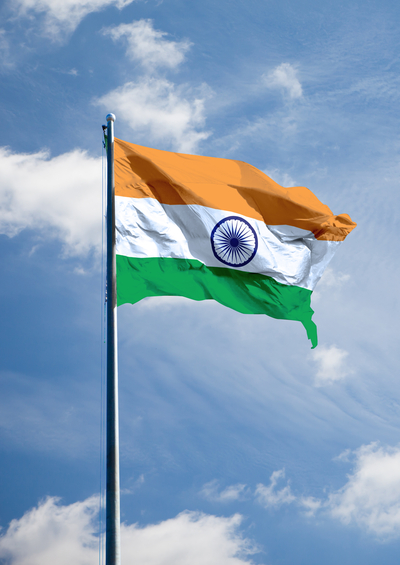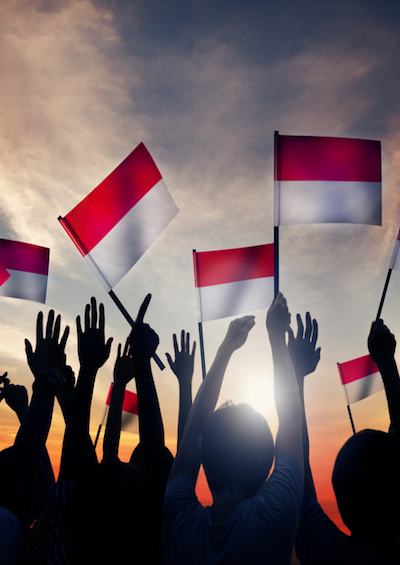11 Facts on India’s Global Clout
How much clout does India have in today’s global economy?
October 30, 2014

1. Narendra Modi — who was inaugurated as India’ prime minister in May 2014 — inherited an economy that was slowing after two decades of rapid growth.
2. In 1990, the year before India began a program of economic liberalization, its economy was the seventh-largest in the world.
3. By 2000, it had moved ahead of France and Italy to become the fifth-largest economy in the world.
4. Just three years later, India surpassed Germany as the world’s fourth-largest economy.
5. In 2008, India moved into its current spot by moving ahead of Japan to become the world’s third-largest economy.
6. By 2013, the Indian economy (at $6.8 trillion) was 45% larger than the Japanese economy ($4.7 trillion).
7. If India is to move up in the world GDP league table, it will have to catch either the United States or China.
8. Currently, India’s GDP is about $10 billion less than U.S. GDP ($16.7 trillion) and Chinese GDP ($16.1 trillion).
9. While the overall size of India’s economy has grown almost seven-fold since 1990, its per capita GDP has risen less spectacularly.
10. In 2013, India’s per capita GDP was $5,450, the lowest by far of the five largest emerging markets of Russia ($24,300), Brazil ($15,000), China ($11,900) and Indonesia ($9,600).
11. India’s per capita GDP in 2013 was just a little more than four times what it was in 1990 ($1,200).
Note on data: All GDP figures are expressed in terms of purchasing power parity, which takes into account the differences in the prices of goods and services between countries.
All data are available in the IMF’s World Economic Outlook database (October 2014 edition).
Takeaways
By 2000, India had moved ahead of France and Italy to become the fifth-largest economy in the world.
If India is to move up in the world GDP league table, it will have to catch either the United States or China.
India's per capita GDP in 2013 was just a little more than four times what it was in 1990 ($1,200).
